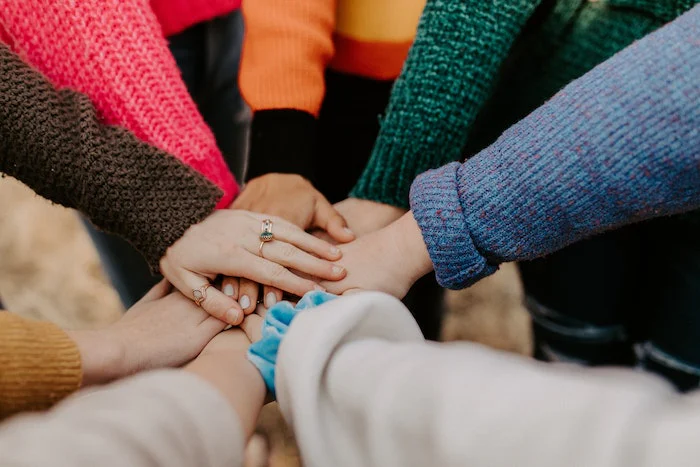My early memories are dominated by being both in awe of – and intimidated by – my older brother Mike. He knew exactly how to appear smart, useful, funny, and cool. He was usually a good brother but, when the mood struck him, he was quick to remind me just how far I fell short of these qualities.
As I got to know Mike's friends, I saw him react to one in exactly the same manner. Mike glowed under Dick Barnhorst's approval, but quaked in his boots when that approval seemed in question.
In my early school days, Mike had to look after me once school had finished. It was on one of these days that I accompanied him to Dick's house. Sure enough, Dick had an older brother, Don – an athletic genius with a booming voice, a driver's license, and a gorgeous girlfriend. As you can imagine, it was Dick's turn to be struck with both awe and terror. For me, however, the social hierarchy that I saw in front of me felt like it was reaching insurmountable heights.
The Barnhorsts moved away before I reached my teens. But as fate would have it, I met Don again. I was a college freshman. A friend of mine had cancelled an event because he had to stay home for dinner. His brother-in-law, Don Barnhorst, was returning home from his army service in Korea, and the family were getting together to welcome him back.
When I was re-introduced to older brother Don, I saw the intelligence and insightfulness that I remembered. No longer subject to my childish dread, I could also see that he was just a normal human being (albeit with some temperamental shortcomings). We soon became friends – I helped out with his football coaching and he mentored me through my college years. But once again we each moved far away from each other.
Until, a couple of years later, we met again, this time while working at the same company. I was a bright, young star rapidly ascending the corporate ladder. I thought that all I had to do was adopt certain actions or behaviors (ones that I admittedly didn't like but that I felt would accelerate my rise to the top). I assumed that, once there, others would get to know "the real me" and I could simply return to my true self.
But Don, or, as he had now become, Don "Mahatma Gandhi" Mahoney (his new nom de plume), warned me of what he called the "Ordinal Fallacy."
"Be careful! Don’t think you can do something 'just for a little while' and then, after you achieve your goal, go back to being 'the real you.' You will become what you do," he said. In case you are wondering, the actions I planned to mimic were not blatantly unethical. They just weren't exactly the actions of the person that I've always wanted to be.
If the Ordinal Fallacy applies to less-than-desirable actions, then the flip side might be called a valuable "Cardinal Truth." Tony Robbins, for example, encourages us to embrace many new behaviors, knowing it could positively impact our character when he says, "You become what you do most of the time." The same sentiments are echoed by Sean Covey in his book The 7 Habits of Highly Effective Teens, in which he writes, "We become what we repeatedly do."
These expressions bring to mind other idiomatic expressions: "Actions speak louder than words" and "Talk is cheap." Words flow quickly and, usually, without consequence. But changing our behavior requires time, energy and effort. We live with the after-effects of what we do, not what we say we are going to do, after all.
The 20th century's most popular motivational speaker, Zig Zieglar, understood that – unlike words – behavior has a transformational effect. While he urges his listeners to work hard, he also warns that, "What you get by achieving your goals is not as important as what you become by achieving your goals."
Don's caution had an enduring effect on me. I learned that action and behavior are self-reinforcing. The emotional commitment that goes into acting or behaving in a certain manner has a way of bending one's beliefs into submission.
When it came to goal setting, my focus had always been two-fold: Did I have the ability to achieve my goals and what would I obtain by achieving them? I never gave much thought to how the mere pursuit of these goals might have an enduring effect on my values, my character, and my self-esteem.
We've heard my old friend Don Mahoney's position on the subject, but what about Mahatma Gandhi himself? He chimes in with, "Whatever you do may seem insignificant to you, but it is most important that you do it …," and I will close by adding, "... and not just say it."






